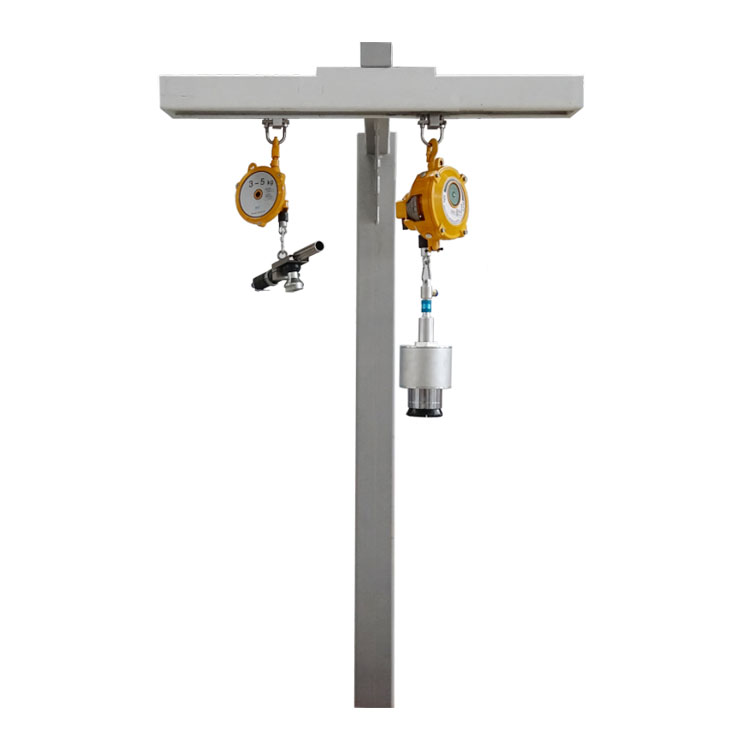Mastering the Art of Handhold Cap Screw Machines: Essential Training for Operators
2024-04-24
Handhold cap screw machines are invaluable tools in manufacturing, offering efficient and precise sealing of containers with caps. However, effective operation of these machines requires proper training to ensure optimal performance, productivity, and safety. In this blog, we'll explore the essential training that operators need to master to use handhold cap screw machines effectively.
1. Machine Operation:
Operators must receive thorough training on how to operate handhold cap screw machines safely and effectively. This includes understanding the machine's controls, buttons, and settings, as well as proper startup and shutdown procedures. Operators should be familiar with loading containers, feeding caps, and executing the sealing process accurately.
2. Safety Procedures:
Safety should always be a top priority when operating handhold cap screw machines. Operators must be trained on safety procedures, including wearing appropriate personal protective equipment (PPE), following machine guarding protocols, and using emergency stop buttons in case of accidents or malfunctions.
3. Understanding Cap Specifications:
Operators should have a clear understanding of the specifications and requirements for the caps being used, including size, type, material, and torque specifications. This knowledge ensures that operators can set the machine's torque settings correctly and achieve consistent and accurate sealing results.
4. Troubleshooting and Maintenance:
Training should include instruction on basic troubleshooting techniques and routine maintenance procedures for handhold cap screw machines. Operators should be able to identify common issues, such as jammed caps or misaligned containers, and take appropriate corrective actions. Additionally, they should understand how to clean and lubricate the machine properly to ensure smooth operation.
5. Quality Control and Inspection:
Operators should be trained to perform quality control checks and inspections to ensure that caps are applied correctly and containers are properly sealed. This may include visual inspections, torque testing, and leak testing to verify the integrity of the seals and the quality of the finished products.
6. Ergonomics and Workstation Setup:
Proper ergonomics and workstation setup are essential for preventing operator fatigue and discomfort during prolonged use of handhold cap screw machines. Operators should be trained on how to adjust the machine's height, angle, and handle positions to maintain comfortable working postures and reduce the risk of musculoskeletal injuries.
7. Continuous Improvement and Feedback:
Encourage operators to provide feedback on the performance of handhold cap screw machines and suggest areas for improvement. Continuous training and opportunities for skill development help operators stay updated on best practices and new technologies, ensuring that they can operate the machines effectively and efficiently.
Conclusion:
Comprehensive training is essential for operators to master the operation of handhold cap screw machines effectively. By providing training on machine operation, safety procedures, cap specifications, troubleshooting and maintenance, quality control and inspection, ergonomics and workstation setup, and continuous improvement, manufacturers can empower operators to achieve optimal performance and productivity while ensuring a safe and efficient working environment. Investing in operator training not only enhances the skills and knowledge of operators but also contributes to the overall success and competitiveness of manufacturing operations.



